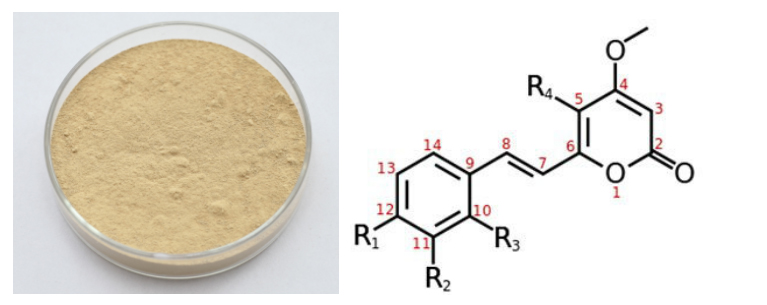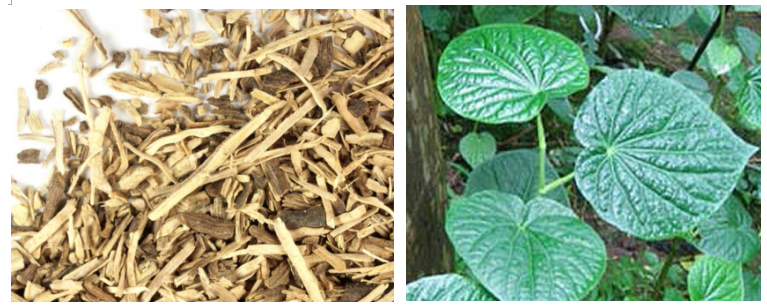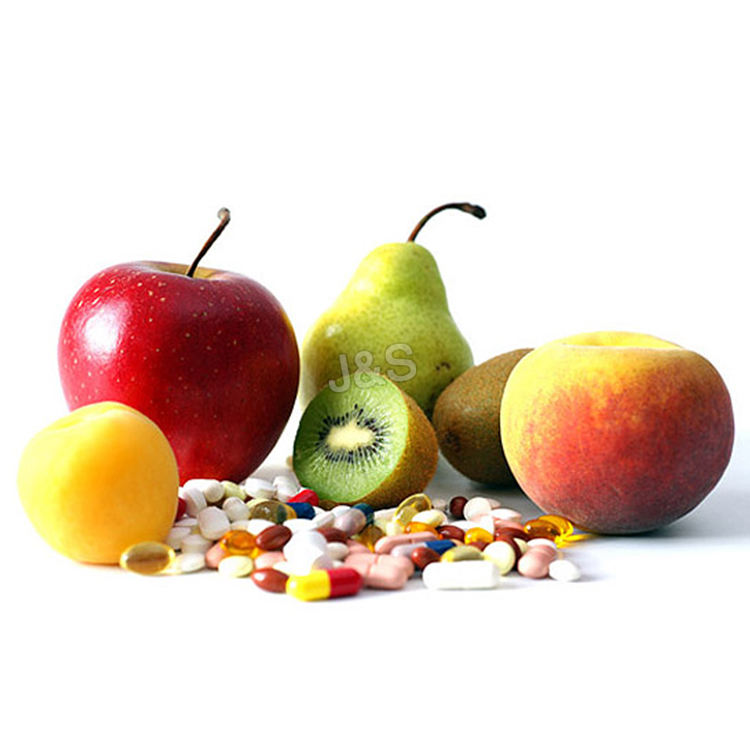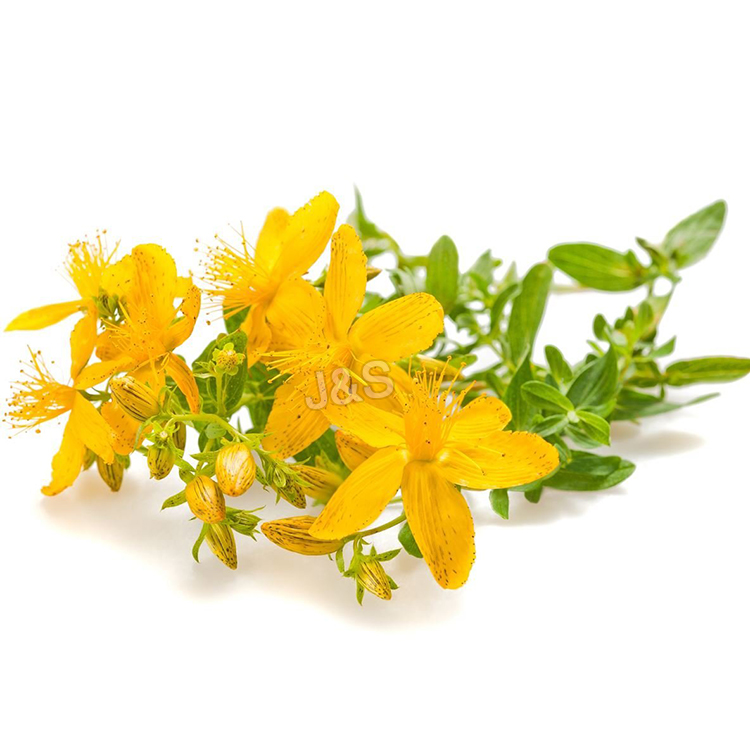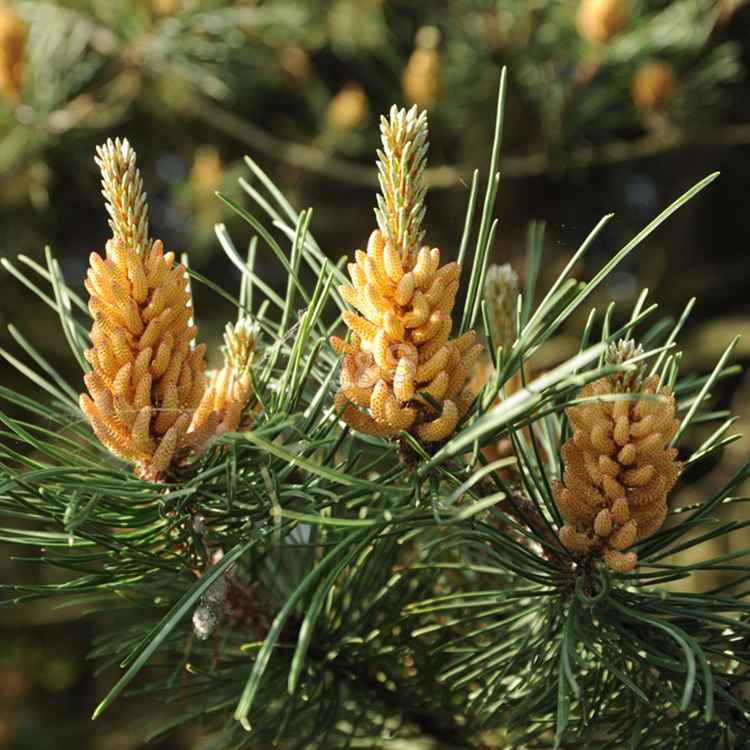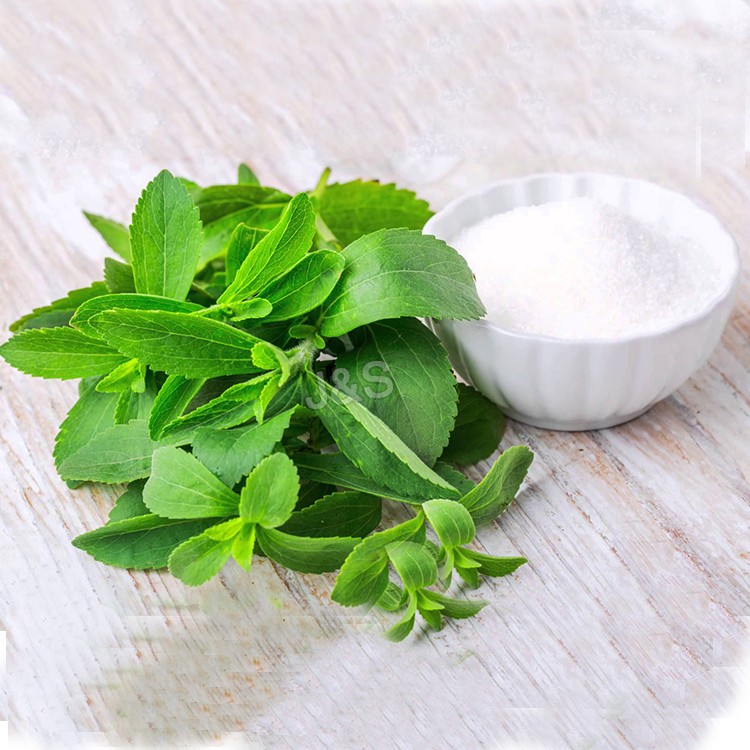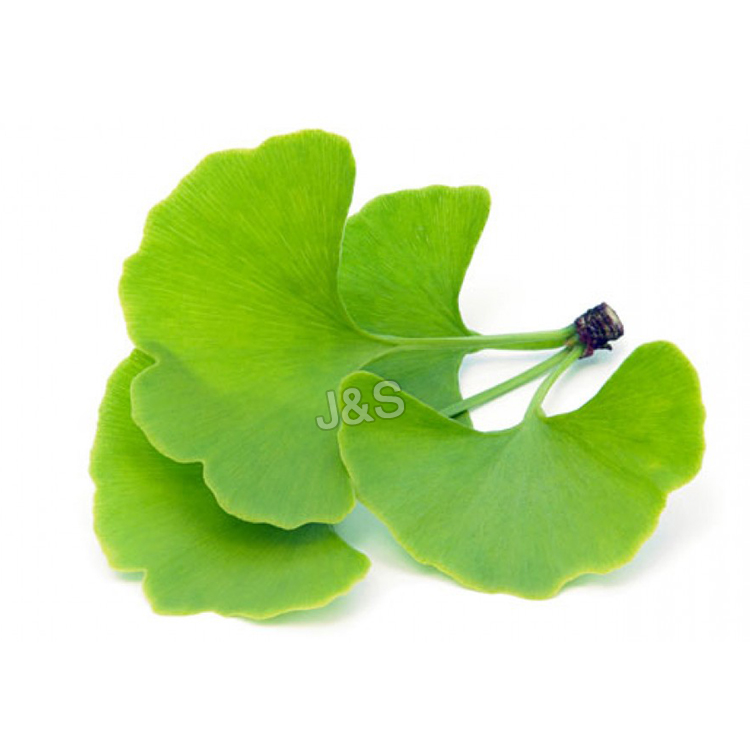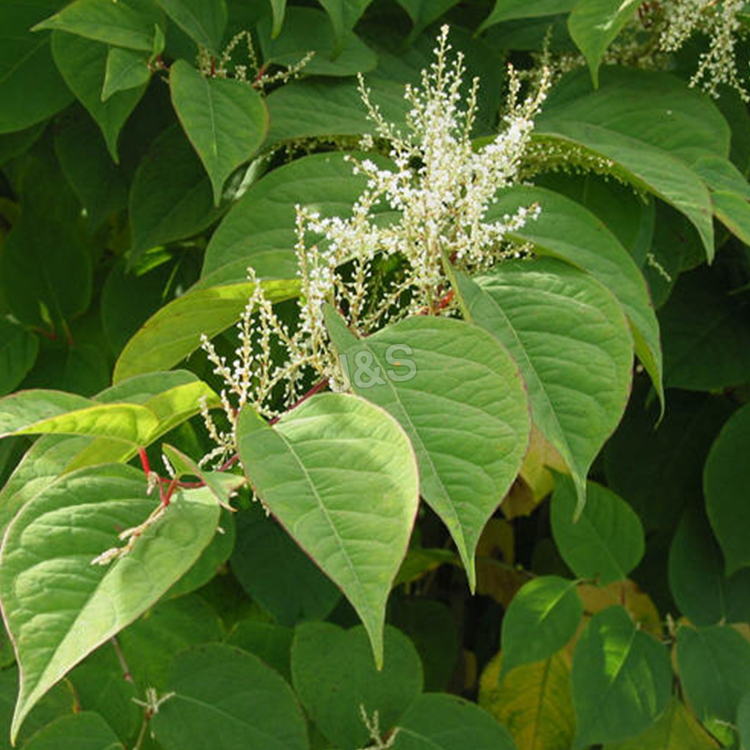Cheap price Kava Extract Factory for Netherlands
Cheap price Kava Extract Factory for Netherlands Detail:
[Latin Name] Piper methyicium L.
[Specification] Kavalactones ≥30.0%
[Appearance] Yellow powder
Plant Part Used: Root
[Particle size] 80Mesh
[Loss on drying] ≤5.0%
[Heavy Metal] ≤10PPM
[Storage] Store in cool & dry area, keep away from the direct light and heat.
[Shelf life] 24 Months
[Package] Packed in paper-drums and two plastic-bags inside.
[Net weight] 25kgs/drum
[What is Kava?]
Kava, also known as piper methysticum, kava kava, and ‘awa, is a small shrub native to the islands in the South Pacific. The root and stems are made into a non-alcoholic, psychoactive beverage that has been used socially and ceremonially for hundreds of years in Hawaii, Fiji, and Tonga.
Kava is traditionally prepared by placing ground root and stem into a porous sack, submerging in water, and squeezing the juice into a large, carved, wooden bowl. Coconut half-shell cups are dipped and filled — punch bowl style. After drinking a cup or two a feeling of heightened attention combined with relaxation begins to come on. Although it is soothing, it is unlike alcohol in that thoughts remain clear. The flavor is largely inoffensive, but some find that it takes getting used to; it really depends on your preference for earthy flavors.
[Kava is Safe to Use]
The safe and effective benefits of kava to relieve symptoms of anxiety were also supported in a meta-analysis, a systematic statistical review of seven human clinical trials published in 2000 in the Journal of Clinical Psychopharmacology, and again in a similar critical review in 2001. The reviews did not find significant adverse effects related to liver toxicity.
In conclusion, the liver is affected by many substances, including prescription and non- prescription drugs, as well as alcohol, which is a major cause of liver damage. We must be aware that herbs are potent medicines, to be treated with the appropriate respect regarding potential interactions and toxicity, including to the liver. On the other hand, Kava kava’s margin of safety far surpasses that of it’s pharmaceutical equivalent.
[Function]
Kava’s can help offset a number of problems, most notably stress, anxiety, and disrupted sleep patterns. However, kava’s anxiolytic (anti-panic or anti-anxiety agent) and calming properties can offset many other stress and anxiety related ailments.
1. Kava as a Therapy for Anxiety
2. Kava May Remedy Menopausal Mood Swings
3. Weight Loss
4. Combat Premature Aging
5. Quit Smoking Aid
6. Combat pain as an analgesic
7. Insomnia
8. Depression
Product detail pictures:
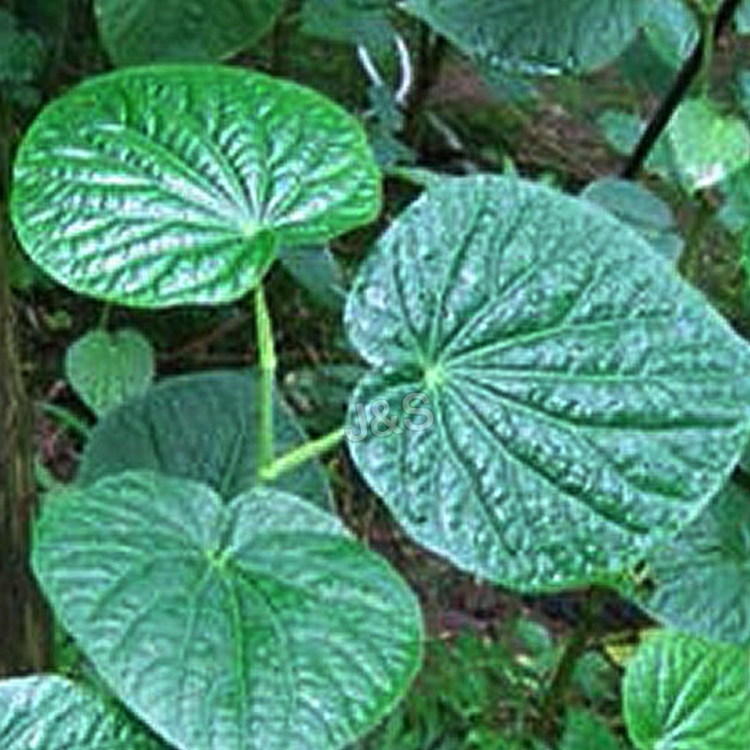
Related Product Guide:
We've got quite possibly the most state-of-the-art production gear, experienced and qualified engineers and workers, acknowledged top quality handle systems along with a friendly expert gross sales group pre/after-sales support for Cheap price Kava Extract Factory for Netherlands , The product will supply to all over the world, such as: South Korea, Spain, Lesotho, We have now 48 provincial agencies in the country. We also have stable cooperation with several international trading companies. They place order with us and export solutions to other countries. We expect to cooperate with you to develop a larger market.
Enzyte is the original once-daily tablet for natural male enhancement, providing millions of men with firmer, stronger, fuller-feeling erections. Taken just once a day, Enzyte is not situation specific; it helps increase blood flow all day and all night. With Enzyte, you’re ready for action 24/7! Generally speaking, as men age they experience a decrease in natural blood flow during arousal. For some, it may even start before they’re 30. Smoking, poor nutrition, lack of exercise, and the natural aging process… all of these can result in decreased blood flow. The proprietary formula of Enzyte is designed to help your body maintain blood flow and achieve firmer, stronger, fuller-feeling erections. More than two million men around the world already turn to Enzyte for natural male enhancement. Why not discover Enzyte for yourself? You may end up rediscovering your sex life!https://mhlnk.com/9B021C64
www.onlinehealthsolution.weebly.com
Brain Awake Irwin Naturals Brain Awake PRODUCT REVIEW Piana Mentality Gnc Thermo Shred SAFE nootropic
https://www.amazon.com/Irwin-Naturals-Brain-Awake-Supplement/dp/B00J4UDSKG
Brain Awake by Irwin Naturals 60 Softgel Brain Awake 60 Softgel Brain Awake can help maximize your thinking power This product is scientifically formulated to boost brain function and mental performance It delivers key ingredients that have been shown to Promote focus and mental clarity. Enhance performance on cognitive tasks. Improve retention of information. Increase feelings of energy Unlike many products that give you a short-term boost at the expense of long-term jitters and fatigue Brain Awake delivers powerful brain-boosters and supportive nutrients that calm and nourish the central nervous system. This balanced brain support product is ideal for students and working professionals… but is suitable for anyone that wants to optimize performance and productivity. Use this product daily or as needed to enhance cognitive abilities. Think Clearly… Works Fast High Performance Booster with AlphaWave L-Theanine Bacopa InnovaTea plus MCTs Dietary Supplement BioPerine InnovaTea AlphaW
Ingredients
Vitamin B6 (as Pyridoxine Hydrochloride) 10 mg 500%, Folate (as Quatrefolic (5-MTHF) [6S]-5-Methyltetrahydrofolic acid, glucosamine salt) 200 mcg 50%, Vitamin B12 (as Methylcobalamin) 500 mcg 8333%, MCT (Medium Chain Triglyceride) oil 1000 mg, Acetyl-L-Carnitine (as Acetyl-L-Carnitine Hydrochloride) 500 mg ,Bacopa extract (50% bacosides) (whole plant) 300 mg, Holy Basil (Tulsi) extract (2% ursolic acid) (leaf) 200 mg , AlphaWave L-Theanine 100 mg , InnovaTea Natural Tea Extract (standardized to 95% Caffeine) 52 mg, Lemon Balm extract (10:1) (aerial) 30 mg, Rosemary extract (3% rosmarinic acid) (herb) 30 mg, BioPerine Complex, BioPerine Black Pepper extract (95% Piperine) (fruit), Ginger extract (5% gingerols) (rhizome) 6mg. Other ingredients: Flaxseed oil, gelatin, purified water, glycerin, beeswax, soy lecithin, St. John’s bread, silicon dioxide and titanium dioxide.
I AM THE AMERICAN INFIDEL! I AM A COLD ASS HONKY! THE SUPER CRACKER!
I AM THE REDNECK SUPERMAN! #PSYCHOREDNECK
#PROUDWHITETRASH #REDNECKNATION #AMERICANHONKY
أنا أمريكان إنفيديل! أنا الحمار كولد الحمار! سوبر كراكر!
أنا ريدنيك سوبرمان! بسيكو ريدنيك
برود وايت تراش ريدنيك ناتيون أمريكان هونكي
REDNECK NATION
https://rednecknationstrong.com/
https://www.instagram.com/rednecksuperman007
https://www.twtter.com/SuperRedneck007
Snapchat
SuperRedneck007
https://www.youtube.com/channel/UCJ3A…
https://www.paypal.me/REDNECKSUPERMAN
أمريكان إنفيديل
17 U.S. Code § 107 – Limitations on exclusive rights: Fair use
fair use of a copyrighted work, including such use by reproduction in
copies or phonorecords or by any other means specified by that section,
for purposes such as criticism, comment, news reporting, teaching (including multiple
copies for classroom use), scholarship, or research, is not an infringement of copyright.
Fair Use in US copyright law excerpts of copyright material may, under certain
circumstances, be quoted verbatim for purposes such as criticism, news reporting,
teaching, and research, without the need for permission from or payment to the copyright holderer
-~-~~-~~~-~~-~-
Please watch: “SUPER EASY How to use Wal-Mart Savings Catcher App SAVE MONEY”
-~-~~-~~~-~~-~-
The factory technical staff gave us a lot of good advice in the cooperation process, this is very good, we are very grateful.
